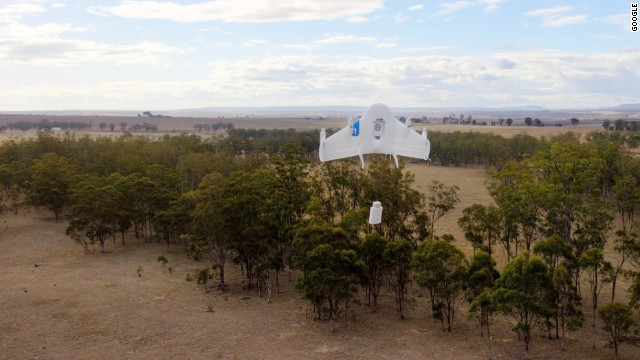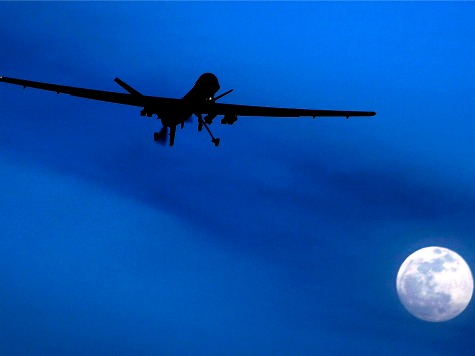There was some pretty wild talk coming out of Amazon a while back about using unmanned aerial vehicles to deliver packages. It turns out Google wants to play too, and is already has a drone test program well under way. The existence of this top-secret program was officially announced on Thursday. From USA Today:
Dubbed Project Wing, the three-year mission successfully completed its first delivery Aug. 13, a bundle of Cherry Ripe chocolate bars. Over subsequent days, the team from GoogleX — the Mountain View, Calif.-based search company’s exploratory technology arm — air-dropped a range of other farmer-friendly goods, from medicines to first-aid kits.
The flights were a direct response to GoogleX lead and Google co-founder Sergey Brin, who challenged his team to make a delivery to a real person via drone.
“We selected these items based on several conversations with local people about how aerial delivery might help them in their jobs,” GoogleX said in a release Thursday. “Over the course of the week, the team ran more than 30 successful delivery flights. We are now back in California reviewing what we’ve learned.”
Amazon’s drones are supposed to make deliveries in selected urban areas. This sounds like the exact opposite, using less agile but longer-range unmanned aircraft to make rural deliveries. That might be an easier notion to sell to regulators. Of course, Google might also use what it’s learned from the phase-one testing to make plans for activity in urban airspace, too. The designs for the Amazon drones looked like miniature cargo helicopters with multiple rotors; USA Today describes the Google drone as more like airplanes with vertical take-off and landing capability, lowering their cargo from a hovering altitude of 120 to 180 feet on chains. CNN has a photo of it:

Besides the regulatory hurdles, people will have to get comfortable with the idea of flying robots dropping packages off at their houses, and the idea of seeing the sky over New York or L.A. swarming with hundreds of drones from competing companies is pretty weird. It’s all still years away from being commercially viable, if governments decide to allow large-scale commercial use of drones at all. It’s going to take a lot of convincing to get this technology accepted as safe and reliable. Everything on Google’s Phase Two to-do list sounds pretty essential to winning such acceptance:
In the coming months, GoogleX’s Project Wing team will drill down deeper on reducing the noise of its drones, improving the precision of its flights and delivery targets (“to the size of a doorstep”), and making sure its self-flying vehicles are able to see and avoid each other while in flight.
CNN’s report shows how serious Google is about developing its air force:
This is not the first time Google has taken to the skies. It purchased a drone company, Titan Aerospace, for a reported $60 million in April. It is also working on Project Loon, which is testing the use of high-altitude balloons to bring Internet connections to remote areas. It also works with Makani, a company developing airborne wind turbines that hover between 80 and 350 meters in the air.
The general public probably has a way to go before getting over drone-phobia. No matter how helpful the technology can be, there will be fears about malfunctions, and a general skittishness about filling the sky with robot eyes. I suspect the big breakthroughs in earning popular support will come from expanded use of drones for emergency services, rescue operations, and the like. Save some lives with them, and people will probably become more relaxed about the notion of drones delivering packages. I don’t know about the flying wind turbines, though.

COMMENTS
Please let us know if you're having issues with commenting.